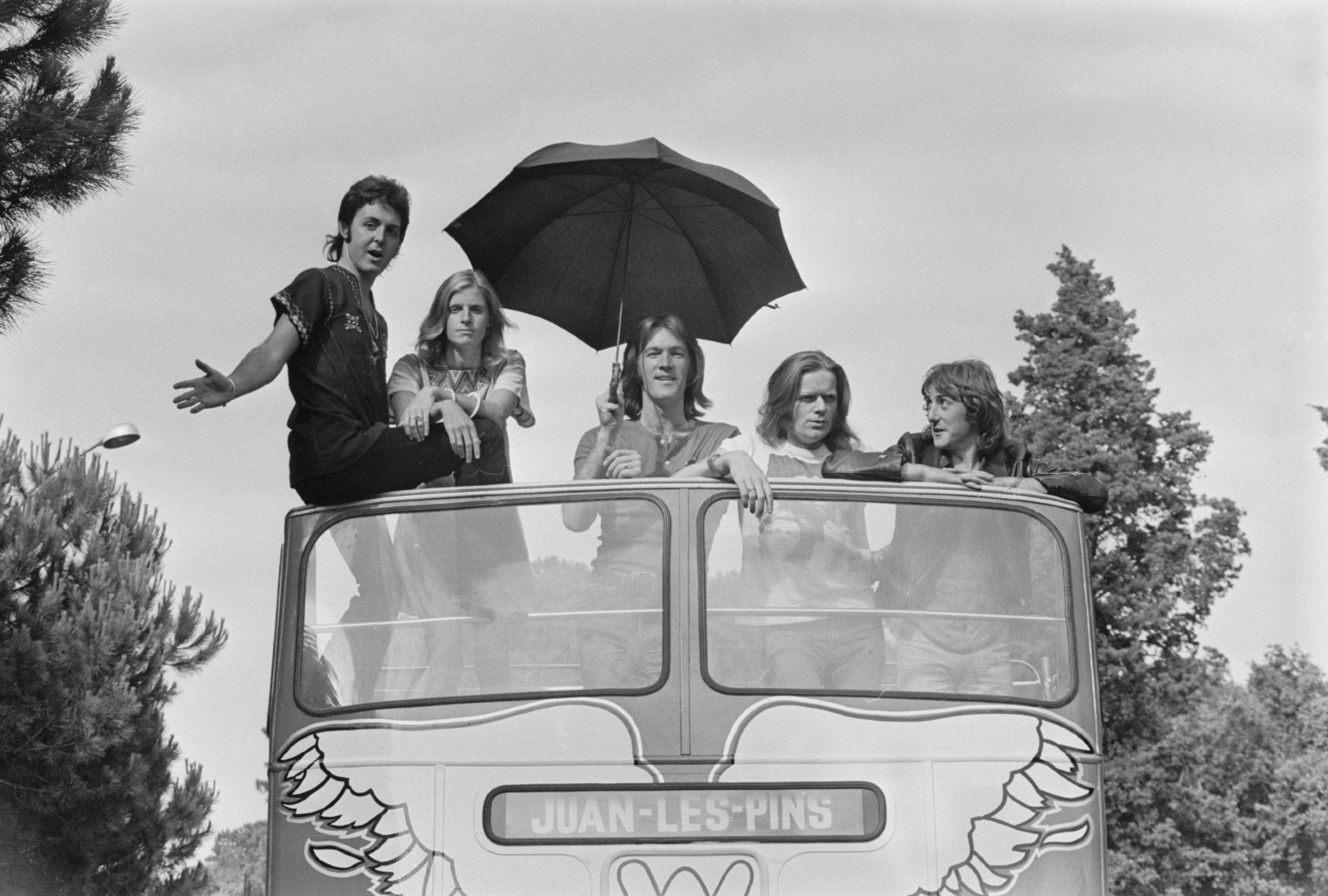Copyright Salon

Compiled by Paul McCartney and edited by Ted Widmer, “Wings: The Story of a Band on the Run” is a must-read for fans of The Beatles in general and their solo careers in specific. And the story of Wings is a doozy, to put it mildly. While McCartney was unquestionably the band’s reigning star, his bandmates’ contributions to Wings’ commanding success during the 1970s is amply demonstrated in McCartney and Widmer’s expansive oral history. The book is followed by a new audio compilation, Wings, an “ultimate anthology” available in a variety of formats that also marks the first time Wings songs are available in Dolby Atmos in physical form. Wings’ origin story begins in the ashes of The Beatles—and namely, in McCartney’s eponymous debut solo LP and “Ram.” And while it may seem homespun, Paul and Linda McCartney and their growing family are the group’s down-to-earth epicenter. McCartney rightly credits Linda with acting as the central force in not only making Wings a success, but also for helping him to overcome his sense of understandable devastation after The Beatles’ disbandment, a period that gave witness to one of pop culture’s strangest episodes in which Paul was rumored to have died in a 1966 automobile accident. No less than John Lennon registered his own respect for the way that McCartney remade himself after The Beatles’ demise. In one of his last interviews, Lennon remarked, “I kind of admire the way Paul started back from scratch, forming a new band and playing in small dance halls, because that’s what he wanted to do with the Beatles—he wanted us to go back to the dance halls and experience that again.” Lennon added that McCartney’s success can not only be attributed to an otherworldly talent, but also to his hardworking tendencies. “He’s got twenty-five kids and about twenty million records out,” Lennon pointed out. “He’s always working.” The results of McCartney’s unceasing post-Beatles toil are evinced by the stats. And when it comes to rock ‘n’ roll bona fides, Wings holds an embarrassment of riches. From 1971 through 1980, they produced eight Top 10 US LPs, including five chart-toppers. During that same period, the group landed 14 Top 10 singles—six of which captured the number-one spot. Perhaps even more remarkably, all 23 of Wings’ US singles registered Top 40 hits. Over the years, the band won six Grammy Awards, while selling some 14 million records, which was plenty enough to earn seven platinum and nine gold discs along the way. Start your day with essential news from Salon. Sign up for our free morning newsletter, Crash Course. “Wings: The Story of a Band on the Run” takes readers on an inspiring journey from the rudimentary efforts behind Wings “Wild Life” in 1971 through the apex of arena rock in the mid-1970s and beyond. The book includes a vast assemblage of band member recollections as collected by Academy Award-winning director Morgan Neville. And they don’t disappoint. The memories of Linda McCartney, Wings’ mainstay Denny Laine, and former lead guitarist Jimmy McCulloch—all of whom are now deceased—are well-represented here, as is the movable feast of musicians who filled out Wings’ ranks. Music lovers will come to understand McCartney’s frustration as he worked to transform his Wings bandmates from dance-hall players into a hard-driving quintet poised for achieving superstardom. Yet at the same time, readers will appreciate the former Beatle’s triumph as he remakes the band three times and enjoys yet another blockbuster success for his efforts. If nothing else, “Wings: The Story of a Band on the Run” offers a powerful rejoinder to the band’s critics—and there were many in the 1970s who queued up in hopes of seeing McCartney’s post-Beatles experiment fail. Readers will revel in the painstaking production of the band’s spate of hit records, a prodigious roster that includes “My Love,” “Live and Let Die,” “Band on the Run,” “Jet,” “Junior’s Farm,” “Listen to What the Man Said,” “Silly Love Songs,” “Let ’Em In,” “Maybe I’m Amazed,” “With a Little Luck,” “Goodnight Tonight,” and “Coming Up.” But at the same time, fans will grow wistful, as with the present writer, when the Wings dream is crushed in the aftermath of McCartney’s 1980 Japanese drug bust. By then, the band’s story had arguably run its course. McCartney would emerge with a new solo LP in 1982—the exemplary “Tug of War”—and Wings would fall into the arms of history. But as “Wings: The Story of a Band on the Run” powerfully reminds us, the group was a vaunted musical fusion in its own right, and with a musical legacy that will resound for as long as human beings have ears. The release of “Wings: The Story of a Band on the Run” is accompanied by a new compendium of standout tracks by McCartney and Wings. The band has been anthologized on several previous occasions—and notably in such collections as “Wings Greatest” (1978), McCartney’s “All the Best” (1987), “Wingspan: Hits and History” (2001), and “The Art of McCartney” (2014). But each of the previous efforts featured notable exclusions of key tracks. And that’s where Wings, the latest self-titled collection, gets it right, assembling hit songs and fan favorites alike in a single release. The breadth of McCartney and Wings’ abiding work is presented in breathtaking high fidelity, no less, affording listeners a sense of the energy, urgency, and passion inherent in the group’s finest moments.



